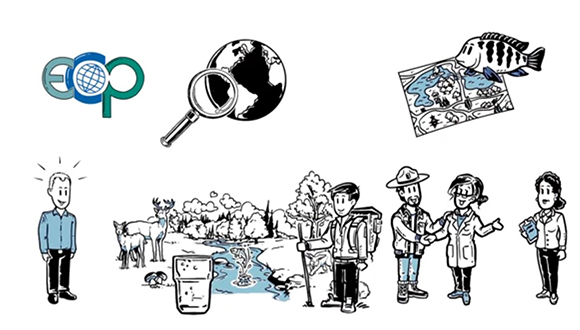Verum ipsum factum
We need to understand how things work, to know how to assemble and how to disassemble them. But we have reached a point of so much specialization and mechanization that too much often we can not understand how everything works, and even more, if we will be able to fix what we have broken.



